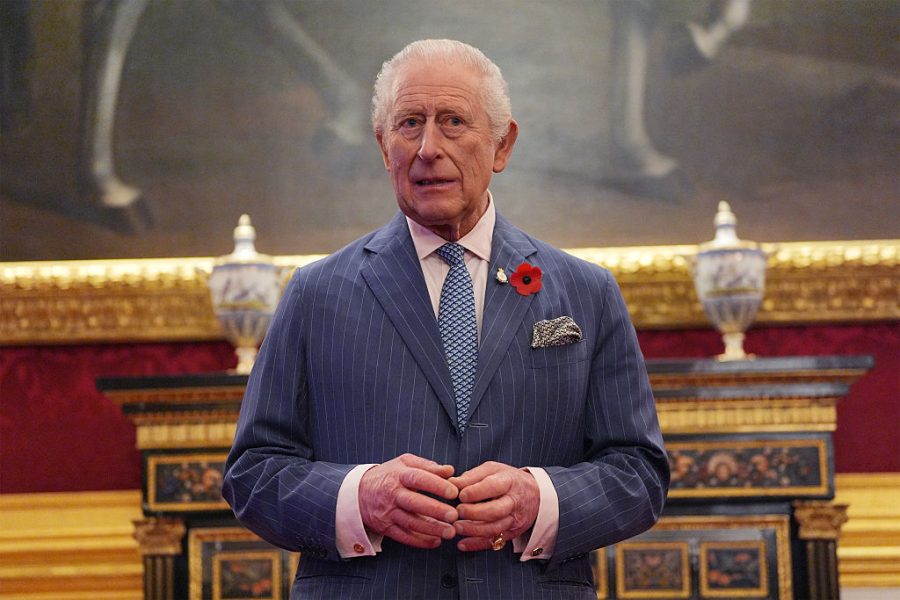Well, that’s one way to reduce NHS waiting lists: to kick off a load of patients whom you have decided don’t need to be on them. New NHS chief executive John Mackey has ordered that everyone on a waiting list must be ‘validated’ – with the aim of removing 300,000 of the 7.43 million names on them. Examples given are people who have already been seen privately and have no further need for NHS treatment, people who have instead sought help in A&E, people who no longer have symptoms or those who could be seen ‘in the community’ instead (i.e. at GP surgeries or clinics).
Many of the names which have been removed will have been a symptom of failure
I don’t doubt that there are people on NHS waiting lists who don’t need to be there. I have had experience myself of what have been termed ‘pointless appointments’. A few years ago I had a wart removed. My GP didn’t manage to do it, so he referred me to the local hospital. I thought the procedure was going to be performed on the spot, but no, that was just to line me up for treatment. When, several months later, my wart finally was excised, it took all of two minutes, leaving my inner time and motion man to ask: why couldn’t it have been done on the first occasion? A needless NHS waiting list had been created when it didn’t need to exist.
Yet it isn’t hard to see what is going to happen as a result of this review. The government will claim success at reducing NHS waiting lists when many of the names which have been removed will have been a symptom of failure. Just look at the list of people who are going to be purged. Take the patients who no longer need NHS care because they have been seen privately. No prizes for guessing why they ended up being seen privately: they were fed up of sitting on a waiting list. Or people who have sought help in A&E instead. Why did they end up having to do that? Again, it is likely that their condition deteriorated while they were languishing on a waiting list. We can be pretty sure that there will be people sitting on waiting lists who are actually deceased – but funny enough, the NHS has not cited them as candidates for the purge.
Removing all these names might look like a triumph because technically waiting lists will be shorter, but it won’t make any difference to the time it takes to receive treatment. People who are sitting on waiting lists but who have already been treated privately or who have been seen in A&E don’t really hold up treatment for others because they are not going to take up any clinical time – their names will end up getting struck out at the point they are finally allotted an appointment.
There is, on the other hand, no doubt scope to make a genuinely useful contribution to reducing hospital waiting lists by treating people in the community instead. But the great waiting list purge has echoes of Tony Blair’s day, when the NHS was so driven by targets that it ended up creating perverse outcomes. A target for reducing A&E waiting times, for example, resulted in people being taken from waiting rooms, looked up and down and then dumped in a corridor before they were eventually seen properly. Look, boasted the government, hardly anyone has to wait in A&E for more than four hours. Yet the reality was somewhat different. Don’t expect too much from Wes Streeting’s great waiting list purge, either.








Comments